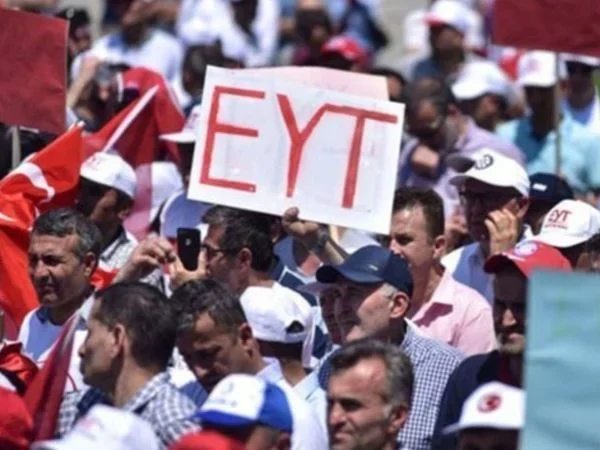Labor Relations
by Levent Koç
Rekindled with Alamos Gold’s statement and the outcry of Rize İkizdere settlers, the prolonged debate on Turkey’s ecological battles have resurfaced. As the public anger and backlash against big energy, urban and infrastructure projects grow, the fragility of the issue remains high. The sharp divide between against and for groups and their determined position left almost no room for reconciliation. Are all these projects dangerous or the backlash is unjustified? Or is this divide simply caused by poor social management?
“Public interest lies at the core of urban planning” –In theory, urban planners are taught to protect the interest of the public. Although this concept is well established, the meaning can vary according to each party. Besides, some major questions are left unexplored: How do we calculate public interest, protect personal and community rights and compensate for losses? What actually is for the interest of the public?
It can be argued that the extraction of valuable materials that can be used to produce medical equipment to save lives and contribute to the GDP is public interest. Another argument can define it as protecting the environment as well as the social, cultural and economic interests of local communities. So, will the public benefit more from the extraction of mines or from the environmental protection that will leave a better world for future generations? We must initiate a dialogue to discuss whether keeping the land and community “as it is” or implementing these projects will be the right solution for the environment and most importantly, for the people.
Seemingly an easy question, we often fail to discuss the details. As history is filled with grave experiences, we abstain from revisiting our pains. From old quarries that are left untreated to radiation leaks, cyanide poisoning and expropriated lands for profit, we still experience the lingering effects of these “accidents”. We are not afraid of the nuclear energy plant itself but the possible leakage, not the gold mines but cyanide mixing with our streams. However, the natural course of life requires underground resources to be extracted so they can have financial value. The profit made from natural resources perhaps reflect to the public to some extent, yet it doesn’t have any impact on the local community. Investors leave reinstatement and local development plans out of their plans. When the interest of the local community is left out of the equation, we can’t talk about the public interest.
To understand the context from the local community’s perspective, imagine a scenario when you wake up to the loud banging on your door. 5 strangers storm into your house, without permission. They start drilling your walls using your electricity. Finally, they explain that they are building a health clinic next door. When it’s done, your walls are filled with holes and you are left on your own to find a new place.
So how does it relate to the topic? Many investments are similar to these 5 strangers and the health clinic. Even though the result will provide benefits to some, the local community will pay the price. And this price is not included in the investment plans, feasibility studies or implementation budgets. If this scenario happened in real life, aside from calling the police or gathering your neighbours to kick these strangers out, you can seek legal action to protect your property and personal rights. In real life, people are often left on their own to find a solution to their struggle. Thus, protecting the local community should be an integral part when defining the public interest.
Investors are required to comply with the environmental and social standards in internationally funded projects. Yet we see that these standards are seen as a mere bureaucratic obstacle that can be resolved by simply ticking the box. There is not even a defined process for projects that do not require international lending. At this point, even discussing the validity of Environmental Impact Assessment (EAI) loses its meaning. However, it is possible to introduce some criteria to determine whether a project is feasible not only economically but also socially, culturally and environmentally.
Based on our experience in the field, we suggest the following criteria:
The above criteria should be included in the project costs from the beginning as they will require time, effort and money. Accordingly, the investment decision should be made after assessing the feasibility of the projects and taking these costs into consideration. Stakeholders must ensure that the public benefit of the investment in the short, medium and long-term outweighs the losses.They must also have full confidence that the project will be managed with the utmost sensitivity and in compliance with international standards. If these principles are not followed through, every investment decision will be wrong, and every project will be flawed.


